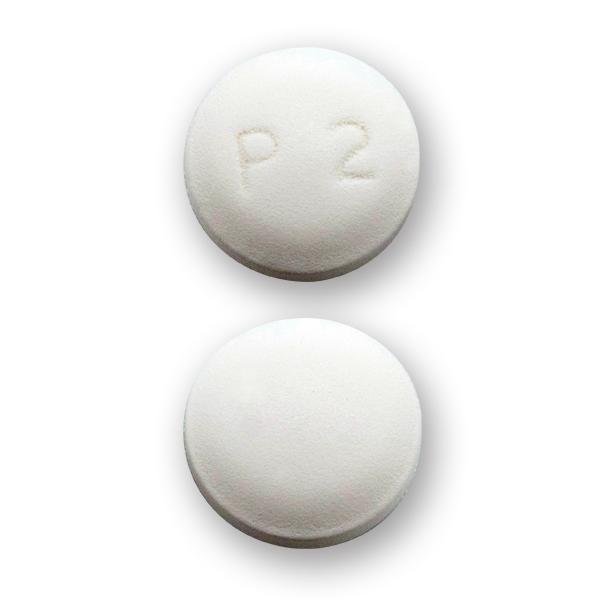Pitavastatin Dosage
Medically reviewed by Drugs.com. Last updated on May 6, 2024.
Applies to the following strengths: 1 mg; 2 mg; 4 mg; (as magnesium) 1 mg; (as magnesium) 2 mg; (as magnesium) 4 mg
Usual Adult Dose for:
Usual Pediatric Dose for:
Additional dosage information:
Usual Adult Dose for Hyperlipidemia
Initial dose: 2 mg orally once a day
- Assess lipid levels 4 weeks after dose initiation or titration; adjust dose accordingly
Comments:
- Doses should be individualized based on patient characteristics, goals of therapy, and response.
- Doses greater than 4 mg once a day have been associated with an increased risk for severe myopathy in premarketing studies and thus should not exceed 4 mg/day.
- This drug acts to reduce total cholesterol, low density lipoprotein cholesterol (LDL-C), apolipoprotein B (Apo B), and triglycerides, and to increase high density lipoprotein cholesterol (HDL-C).
Use: As an adjunct to diet for the treatment of primary hyperlipidemia or mixed dyslipidemia.
Usual Adult Dose for Dyslipidemia
Initial dose: 2 mg orally once a day
- Assess lipid levels 4 weeks after dose initiation or titration; adjust dose accordingly
Comments:
- Doses should be individualized based on patient characteristics, goals of therapy, and response.
- Doses greater than 4 mg once a day have been associated with an increased risk for severe myopathy in premarketing studies and thus should not exceed 4 mg/day.
- This drug acts to reduce total cholesterol, low density lipoprotein cholesterol (LDL-C), apolipoprotein B (Apo B), and triglycerides, and to increase high density lipoprotein cholesterol (HDL-C).
Use: As an adjunct to diet for the treatment of primary hyperlipidemia or mixed dyslipidemia.
Usual Pediatric Dose for Heterozygous Familial Hypercholesterolemia
8 years or older:
Initial dose: 2 mg orally once a day
- Assess lipid levels 4 weeks after dose initiation or titration; adjust dose accordingly
Comments:
- Doses should be individualized based on patient characteristics, goals of therapy, and response.
- Doses greater than 4 mg once a day have been associated with an increased risk for severe myopathy in premarketing studies and thus should not exceed 4 mg/day.
- This drug acts to reduce total cholesterol, low density lipoprotein cholesterol (LDL-C), and apolipoprotein B (Apo B).
Use: As an adjunct to diet for the treatment of heterozygous familial hypercholesterolemia in pediatric patients 8 years or older.
Renal Dose Adjustments
Moderate to severe renal dysfunction (eGFR 15 to 59 mL/min/1.73 m2):
- Initial dose: 1 mg orally once a day
- Maximum dose: 2 mg orally once a day
Liver Dose Adjustments
Active liver disease (including unexplained persistent elevations in hepatic transaminase levels): Contraindicated
Dose Adjustments
Concomitant use with cyclosporine: Contraindicated
Concomitant use with gemfibrozil: Not recommended
Concomitant use with erythromycin:
- Maximum dose: 1 mg orally once a day
Concomitant use with rifampin:
- Maximum dose: 2 mg orally once a day
Precautions
CONTRAINDICATIONS:
- Known hypersensitivity to the active component or to any of the ingredients
- Active liver disease (including unexplained persistent elevations of hepatic transaminase levels)
- Pregnancy
- Lactation
- Concomitant use with cyclosporine
Safety and efficacy have not been established in patients younger than 8 years with HeFH or in patients younger than 18 years with other types of hyperlipidemia (other than HeFH).
Consult WARNINGS section for additional precautions.
Dialysis
ESRD receiving hemodialysis:
- Initial dose: 1 mg orally once a day
- Maximum dose: 2 mg orally once a day
Other Comments
Administration advice:
- Take orally once a day with or without food at the same time each day
Storage requirements:
- Protect from light
General:
- This drug should be used in addition to a diet restricted in saturated fat and cholesterol and only when response to diet and other nonpharmacologic measures alone has been inadequate.
Monitoring:
- Hepatic: Measure liver enzymes prior to initiating therapy and repeat if signs/symptoms of liver injury occur
- Metabolic: Lipid levels should be measured after 4 weeks after initiation and dose adjustments
- Myopathy: Monitor for myopathy; obtain creatine kinase measures as clinically appropriate
Patient advice:
- Patients should be instructed to read the US FDA-approved patient labeling.
- Patients should be instructed to report use of all medications, including over the counter medications, with their healthcare provider as their risk of myopathy may be increased with use of certain types of medications.
- Patients should be instructed to report any unexplained muscle pain, tenderness, or weakness, especially if accompanied by malaise or fever, or if muscle signs/symptoms persist after discontinuing therapy.
- Patients should be instructed to promptly report any symptoms that may be indicative of liver injury, including fatigue, anorexia, right upper abdominal discomfort, dark urine, or jaundice.
- Women of childbearing potential should be advised to avoid pregnancy while taking this drug; they should be advised to speak to their health care provider if planning to become pregnant, or breastfeeding; this drug is not recommended for use during pregnancy or in nursing mothers.
Frequently asked questions
More about pitavastatin
- Check interactions
- Compare alternatives
- Pricing & coupons
- Reviews (98)
- Drug images
- Latest FDA alerts (2)
- Side effects
- During pregnancy
- Drug class: statins
- Breastfeeding
- En español
Patient resources
Other brands
Professional resources
Other brands
Related treatment guides
Further information
Always consult your healthcare provider to ensure the information displayed on this page applies to your personal circumstances.


